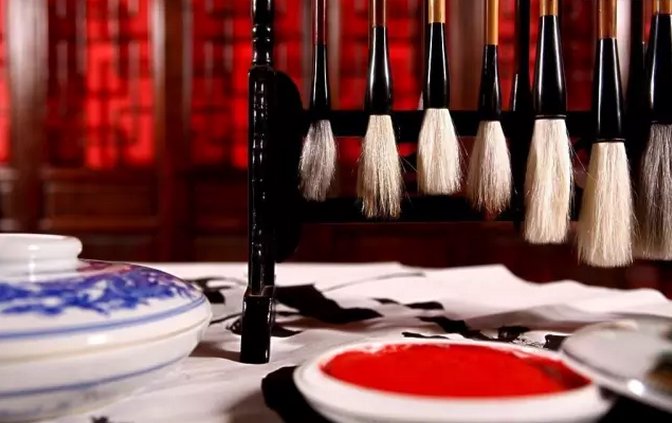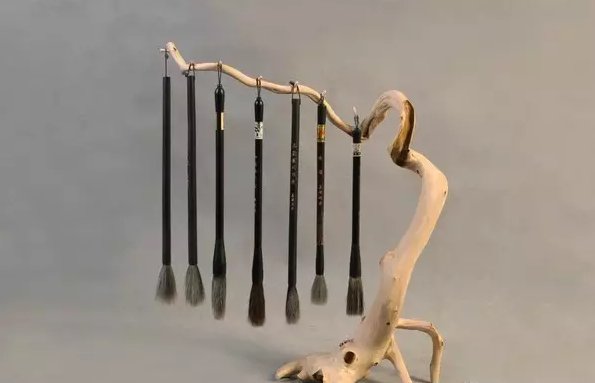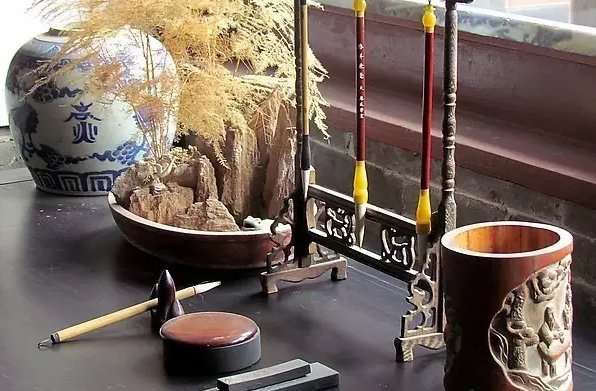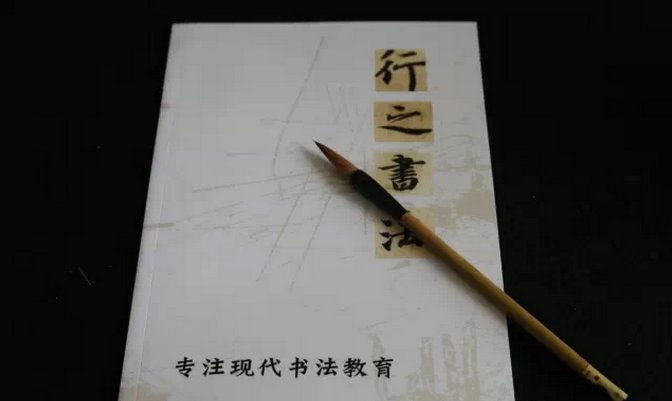When learning regular script, it is advisable to use Yanghao pen to facilitate the development of writing skills. It is said that Liu Gongquan's strong and square regular script was written with Yanghao pen. When learning Xingkai script, use hard brushstrokes or both brushstrokes to highlight the toughness of the lines. It is better to use old pens for seal script and official script.
For brands: you can choose Hu Pen, Yuquan Heshe, Li Xiaoping Pen, etc. Today's brushes can be divided into three categories in terms of performance, namely soft brushes, hard brushes and both brushes.

Hard hair pens are generally made from the hair on the weasel's tail and are called "wolf hair" or "purple hair". It is also made of hard hairs such as mountain rabbit hair, rat whiskers, deer hair, boar bristles, and leopard hair. The characteristics of the hard pen are strong, strong elasticity, sharp and strong pen. When writing, it can be thick or thin, with pauses and turns, clean and neat, and the dry and moist ink has clear changes in shades, which is suitable for writing cursive script. The font size is small and the structure is rigorous. For calligraphy styles with strong square pens, it is also appropriate to use langhao pens. But for beginners, in order to practice their writing skills, it is not advisable to use hard pen.

Soft pens are soft in nature and have poor elasticity. The material is mainly made of soft wool such as sheep hair, chicken hair, and fetus hair. Goat hair pen, also known as sheep hair, is made of goat hair. Yellow wool and green wool are also used as materials. Its performance is softer than purple hair pen. Because sheep hair is thinner and longer, it is easy to wet the ink, and the written words are round and plump. , suitable for beginners to practice their skills, and also suitable for writing capital and big characters. The chicken hair pen is made from the feathers on the breast of a rooster. Its performance is softer than that of a sheep hair. It is difficult for beginners to master. If you can use it freely, you will get special effects. The fetal hair pen is made from newborn baby hair, which is extremely soft. Xiao Ziyun (487-549) of the Southern Dynasty used the fetal brush, which shows its long history.

Jianhaobi, as the name suggests, means both. That is to say, it is made of two kinds of animal hair, with hard hair as the core and soft hair around it. Its hardness, softness and elasticity are between hard hair and soft hair. It is an intermediate pen with a balance of hardness and softness when writing, neither too soft nor too hard. The most common double-hair pen is the purple hair brush made of mountain rabbit hair and wool. Generally, purple hair and sheep hair are made in different proportions. It can be divided into "nine purple and one sheep", "three purple and seven sheep", "seven purple and three sheep" and "five purple and five sheep". There are also Waiguo Yanghao pens, which are made with weasel as the refill. They are divided into "small white clouds", "middle white clouds" and "big white clouds" according to their sizes. Purple sheep hair is softer than purple wolf hair. Generally speaking, the larger the proportion of sheep hair, the softer the pen. There are also pig bristles added to the large brush pen to enhance its elasticity.
The above three types of pens with different performances, namely hard pen, soft pen and combined pen, also have different uses. Calligraphers before the Song Dynasty mostly used hard-point pens to write. By the Ming and Qing Dynasties, calligraphers wrote larger and larger characters, and the pens also changed from hard-point pens to sheep-point pens. Because the hair is long, it is suitable for writing large characters in large strokes. Generally speaking, when writing running script and cursive script, it is easier to use a hard-pencil pen, which is convenient for writing and easy to gain momentum; when writing regular script, official script, and seal script, a soft-pencil pen is used, which is easy to moisturize and plump. Of course this is not absolute. You can use a hard brush to write regular script, seal script, and official script, or you can use a brush to write cursive. Mr. Lin Sanzhi, a contemporary grass sage, uses a long-edge brush to write cursive script, which can be both strong and straight, yet flexible and connotative. Because the pen has a long tip and a large amount of ink, it can write several words with one dip of ink, and it is easy to express the continuous momentum between words and the changes in the density of ink. And because the Changfeng Yanghao brush is soft and long, Cai Yong of the Eastern Han Dynasty said: "The soft brush makes it strange and lifeless." Therefore, it is easy to produce endlessly changing and unexpected artistic effects. However, the brushes are soft, especially the long-edge brushes. After pressing down, the pen falls apart and cannot bounce up, making it difficult to master. At this time, it all depends on the writer to adjust the pen tip with his pen skills, and the hard pen is easier to use. Because of its high elasticity, when the pen is pressed down and then lifted up, the pen tip can return to its original condensed state, so it can rise and fall freely. , quite handy; however, because the pen is hard and very flexible, the strokes will appear too sharp and overgrown, which is the disadvantage of the hard pen. In short, it is not easy to write strong and straight characters with a thin brush, and to write smooth and flexible characters with a hard brush. Therefore, when writing characters with a vigorous style, choose strong hair; when writing characters that are charming and plump, use soft hair; when writing characters that are hard and soft, use both hair.

For beginners, if you use a hard-point pen at the beginning, it will be easier to use the pen without much skill, because the pen will help you a lot, but over time, you can only use a hard-point pen. Once you pick up a high-point pen, you will find it difficult to move. On the contrary, if you use a soft brush to practice calligraphy when you first learn, although it is more difficult at the beginning and you have to use the method of lifting and changing the edge to write qualified strokes, you will also learn how to use a soft brush. As the contact time increases, you will gradually become more comfortable and apply it freely. At this time, if you pick up a pen to write, you will feel relaxed and comfortable.
There are also various types of brushes to accommodate the different sizes, types and forms of fonts. According to the length of Fengying, it can be divided into three categories: "long front", "center forward" and "short front". The short-edge pen has a short edge and less ink storage, so it is suitable for writing small regular script; the long-edge pen has a long edge, a soft belly, and a lot of ink storage, and is suitable for writing larger cursive scripts; the center-edge pen is somewhere in between the first two. Liu Gongquan once said in a post: "The strike force is too short, which hurts the strength. To be soft, the strike must be long, and the fineness must be thin. The control is not big, but the secondary cuts must be neat; the secondary cuts must be smooth, and the control is small. Movement saves effort; if the capillary is thin, the stippling will be flawless; if the edge is long, the water will flow freely."
According to the size of the font and the requirements of various calligraphy styles, there are various types of writing brushes, generally divided into small regular script pens, medium regular script pens and large regular script pens. There are screen pens for writing screen strips, couplet pens for writing couplets, and lift pens and haw pens for writing large characters. The hawthorn pen is the largest and can be used for writing list books; the kui pen is the smallest and is suitable for writing small regular script.








